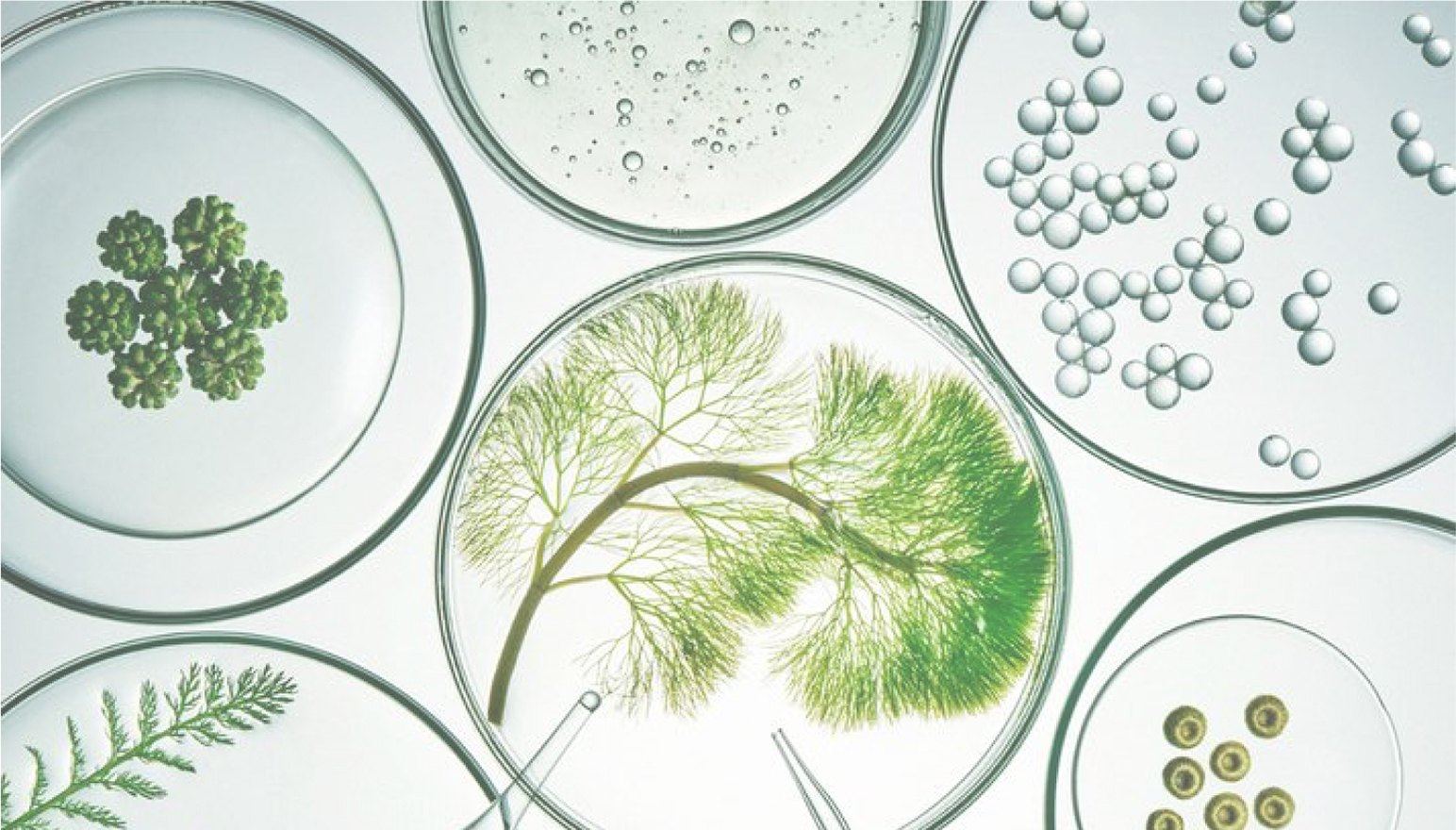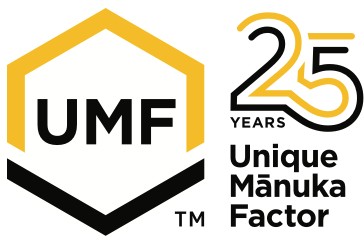Industry Insights

Evidence against dietary advanced glycation endoproducts being a risk to human health.
September 29, 2007
In vivo, advanced glycation endoproducts (AGEs) are linked to various diseases, particularly those associated with diabetes. AGEs are also formed when many foods are thermally processed. The extent to which dietary AGEs are absorbed by the gastrointestinal (GI) tract and their possible role in the onset and promotion of disease are currently of considerable interest….
A survey of the antibacterial activity of some New Zealand honeys.
Dezember 29, 1991
To assess the variation in antibacterial activity of honey a survey was carried out on 345 samples of unpasteurized honey obtained from commercial apiarists throughout New Zealand. Most of the honeys were considered to be monofloral, from 26 different floral sources. The honeys were tested against Staphylococcus aureus in an agar well diffusion assay, with…
The inhibitory effect of Manuka honey on human colon cancer HCT-116 and LoVo cell growth. Part 2: Introduction of oxidative stress, alteration of mitochondrial respiration and glycolysis, and suppression of metastatic ability.
April 25, 2018
Despite its high content of phenolic compounds, the chemopreventive activity of Manuka honey (MH) is still elusive. The aim of the present work was to evaluate the effects of MH on oxidative stress, antioxidant enzymes, cellular metabolism and the metastatic ability in HCT-116 and LoVo cells, paying particular attention to the molecular mechanisms involved. We…
The inhibitory effect of mānuka honey on human colon cancer HCT-116 and LoVo cell growth. Part 1: the suppression of cell proliferation, promotion of apoptosis and arrest of the cell cycle.
April 25, 2021
Numerous investigations have been made on plant phenolic compounds and cancer prevention in recent decades. Mānuka honey (MH) represents a good source of phenolic compounds such as luteolin, kaempferol, quercetin, gallic acid and syringic acid. The aim of this work was to evaluate the chemopreventive effects of MH on human colon cancer HCT-116 and LoVo…
The origin of methylglyoxal in New Zealand mānuka (Leptospermum scoparium) honey.
März 20, 2009
Methylglyoxal in New Zealand mānuka honey has been shown to originate from dihydroxyacetone, which is present in the nectar of mānuka flowers in varying amounts. Mānuka honey, which was freshly produced by bees, contained low levels of methylglyoxal and high levels of dihydroxyacetone. Storage of these honeys at 37 °C led to a decrease in…
Anti influenza Viral Effect of Honey In Vitro: Potent High Activity of Manuka Honey.
März 14, 2014
Background and Aims. Influenza viruses are a serious threat to human health and cause thousands of deaths annually. Thus, there is an urgent requirement for the development of novel anti-influenza virus drugs. Therefore, the aim of this study was to evaluate the anti- influenza viral activity of honey from various sources. Methods. Antiviral activities of…
In vitro animal activity of honey against varicella zoster virus (VZV): a translational medicine study for potential remedies for shingles.
März 25, 2012
Objectives: The aim of this study was to determine the in vitro anti-viral effect of honey on varicella zoster virus. Methods: Manuka and clover honeys were used at concentrations ranging from 0-6% wt/vol. A clinical VZV isolate was obtained from a zoster vesicle and used at low passage. Various concentrations of manuka and clover honey…
Honey: an immunomodulator in wound healing
August 28, 2013
Honey is a popular natural product that is used in the treatment of burns and a broad spectrum of injuries, in particular chronic wounds. The antibacterial potential of honey has been considered the exclusive criterion for its wound healing properties. The antibacterial activity of honey has recently been fully characterized in medical-grade honeys. Recently, the…


